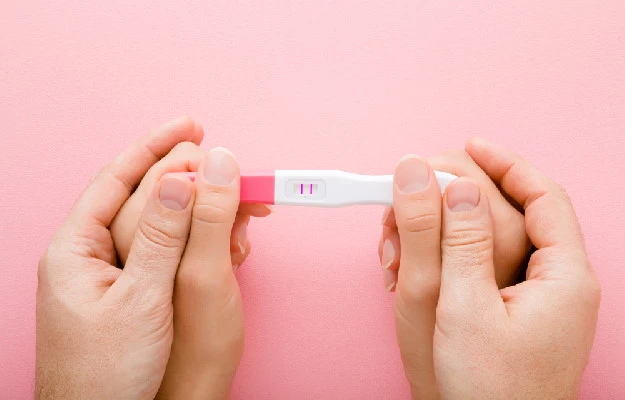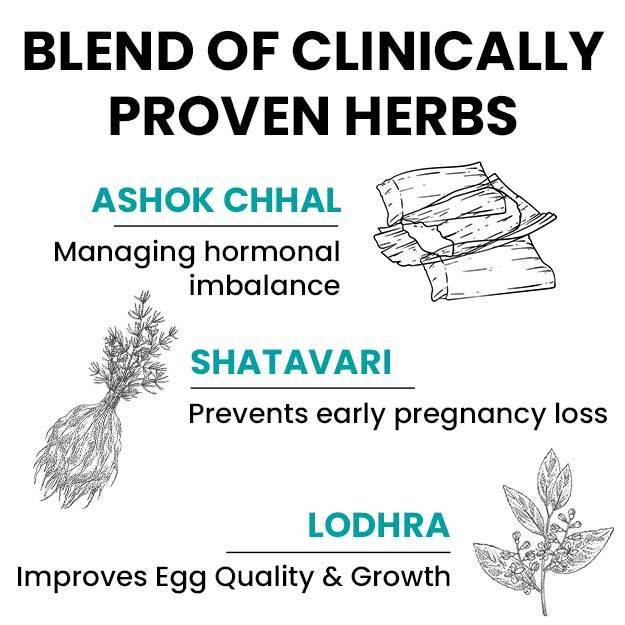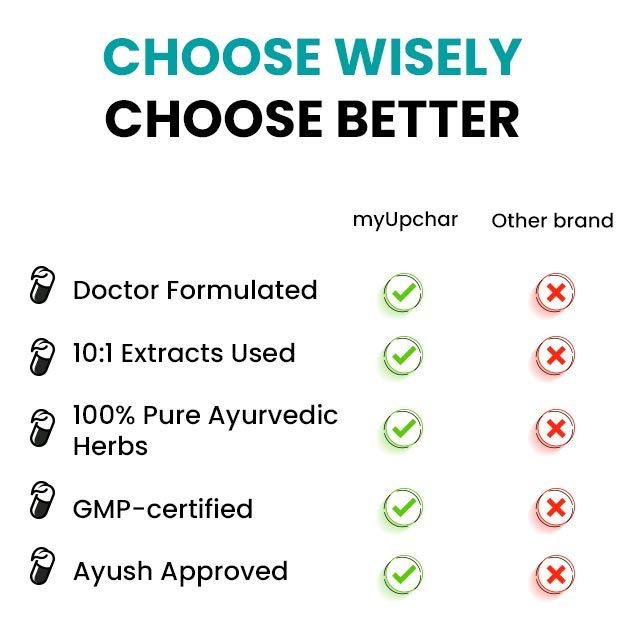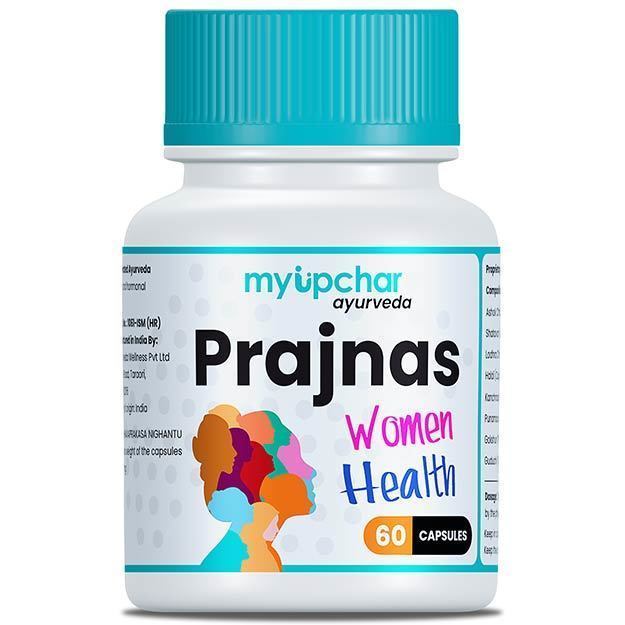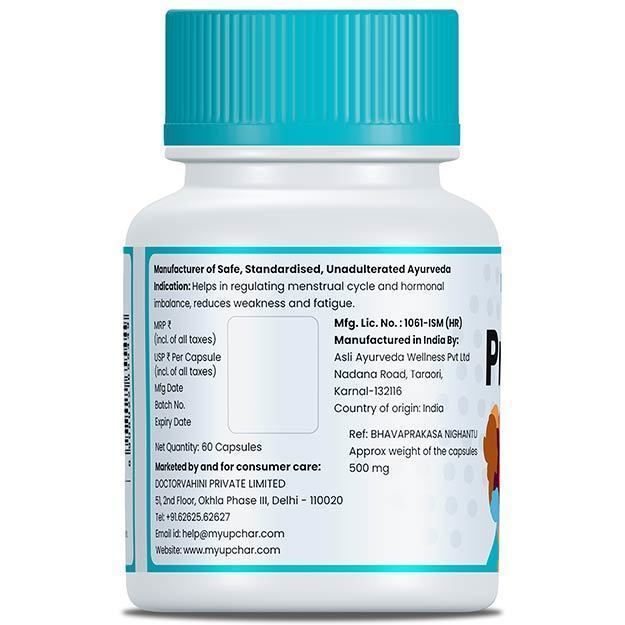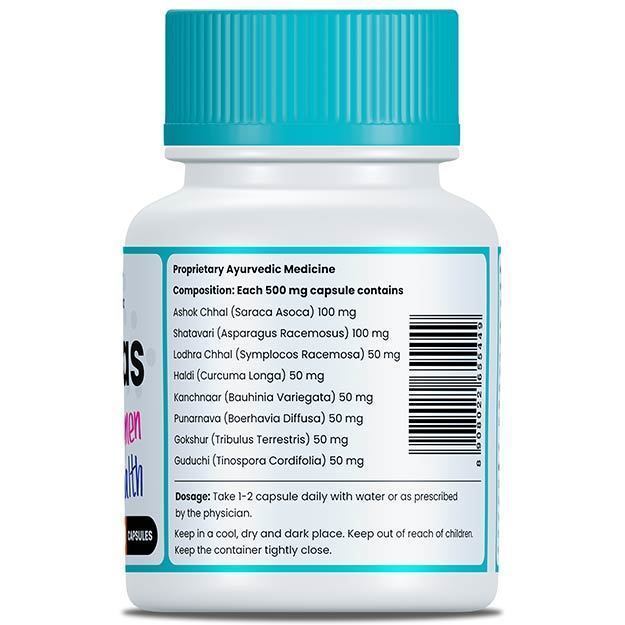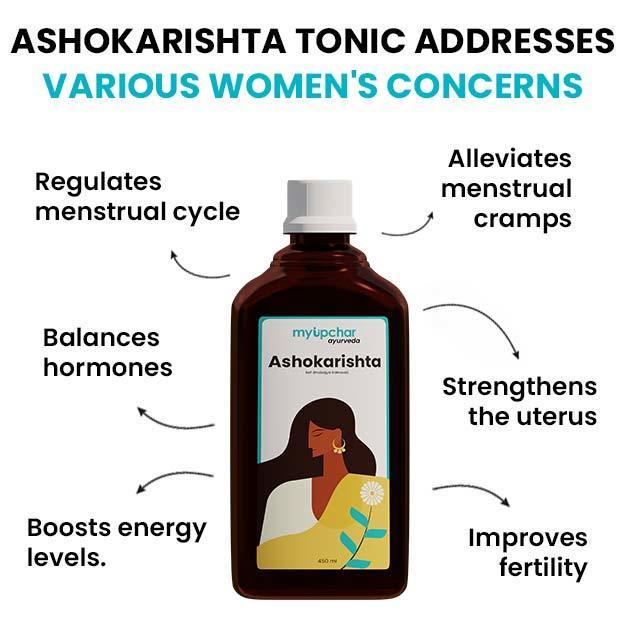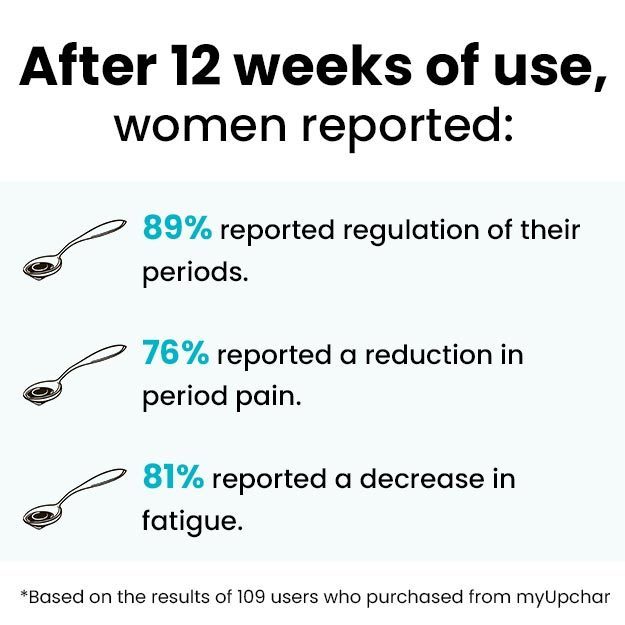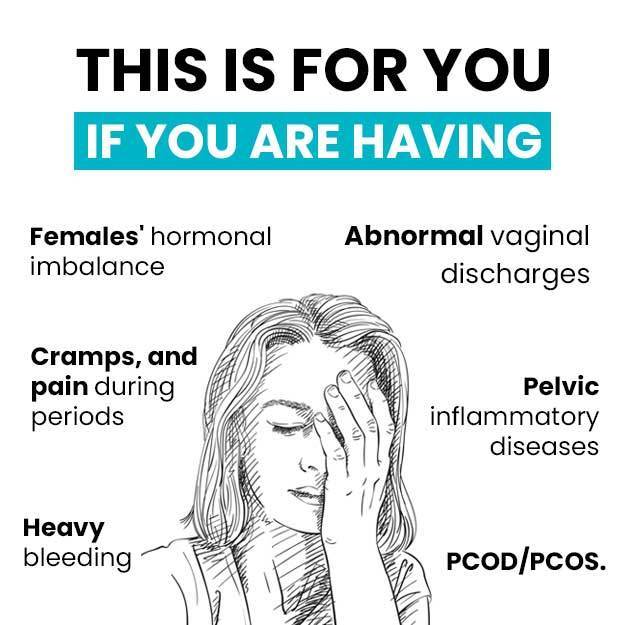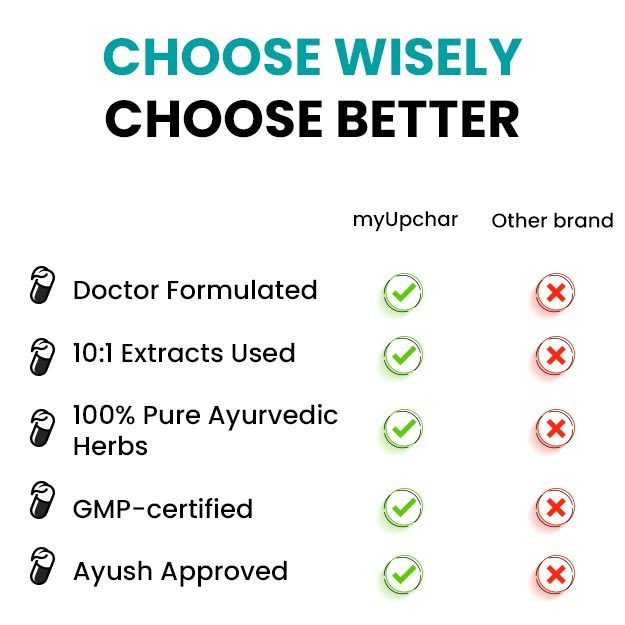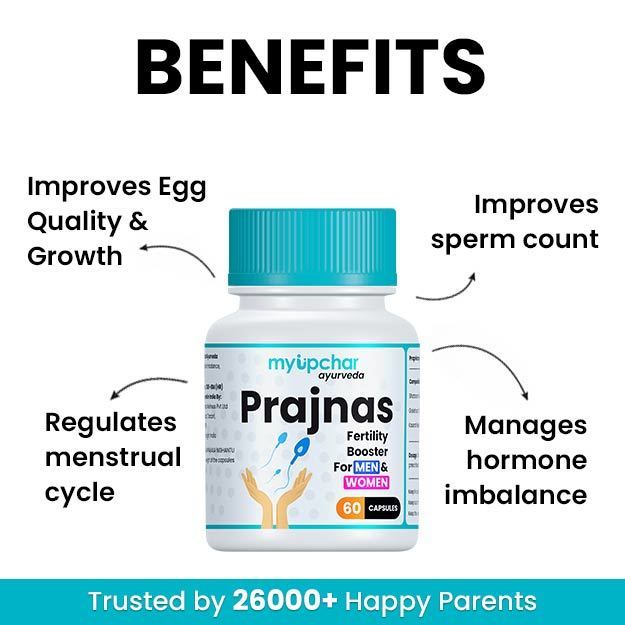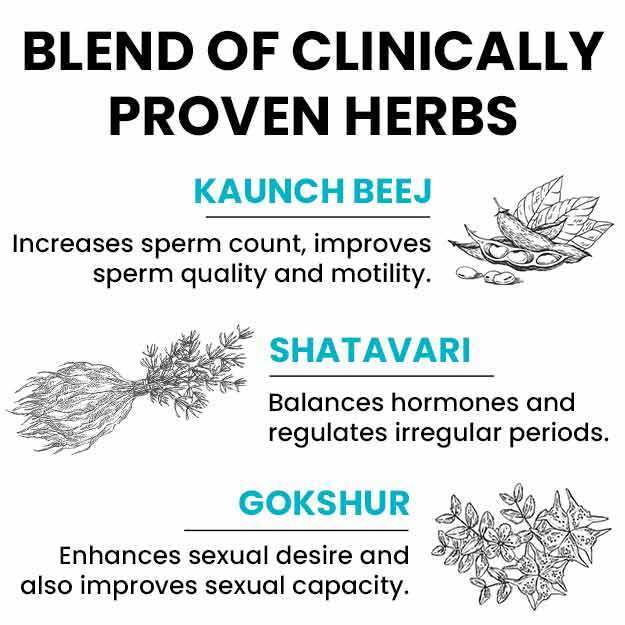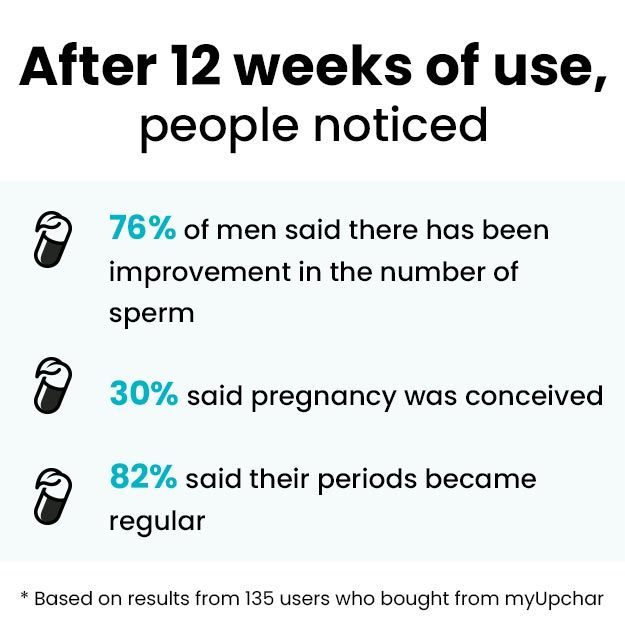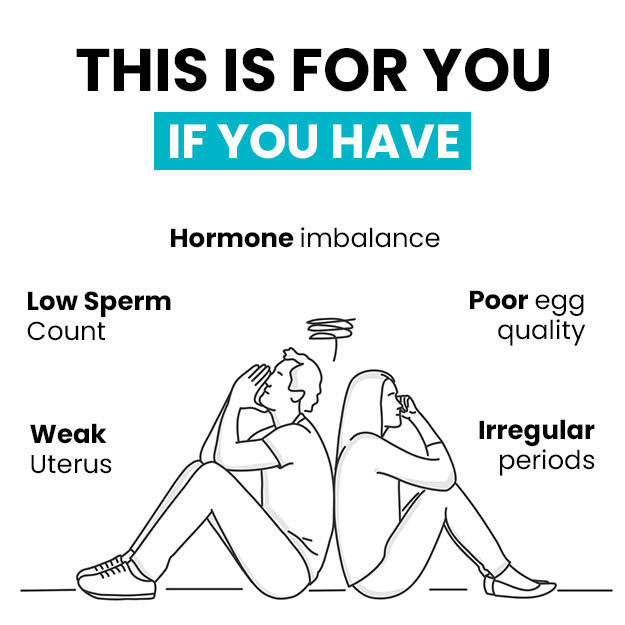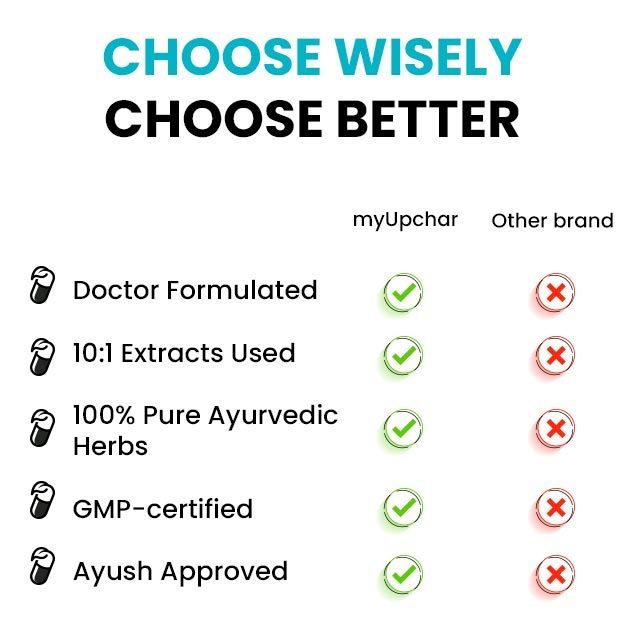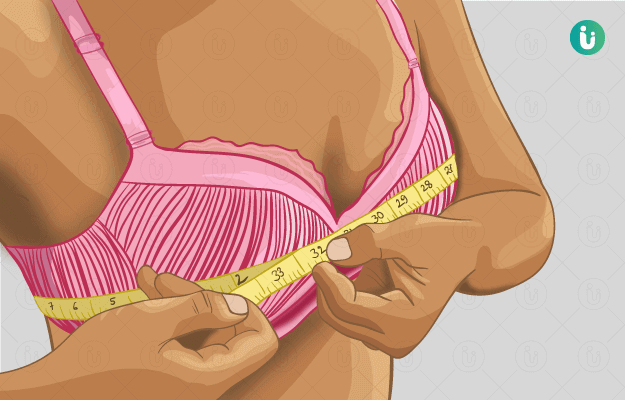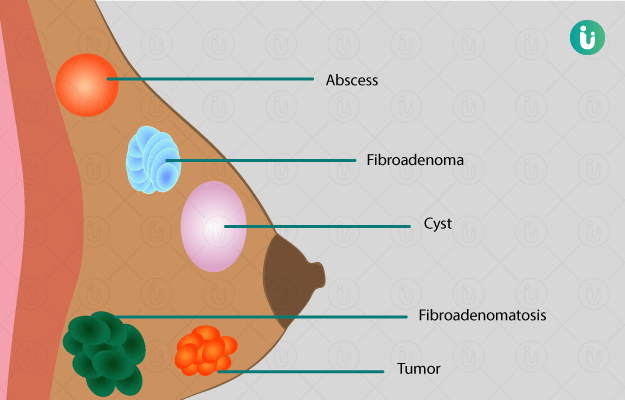If you are trying to get pregnant, you must be familiar with the acronym "OPK". Many couples today rely on ovulation predictor kits to find out when their female partner will be most fertile.Ovulation kits can detect the increase in the production of luteinizing hormone (LH) in a woman's body, which occurs about 36 hours before ovulation. By having sex shortly after the increase in LH levels, you can increase the chances of sperm and egg meeting together as this is the time when conception is more likely to occur.
It sounds so easy, right? When used correctly, this kit detects ovulation and ovulation leads to pregnancy. However, the reality is more complicated. Before you go through such efforts, it is important to make sure that you are using it correctly. In this article, we are going to discuss in detail what an ovulation test kit is, how to use an ovulation predictor kit, how it works and what is the price of an ovulation kit. We will also look at the drawbacks of ovulation test kits and how fertility awareness can help overcome these problems.
(Read more - When does ovulation start after a period?)
- What Is An Ovulation Kit?
- How To Use An Ovulation Kit?
- How To Know The Result Of An Ovulation Kit?
- Ovulation Predictor Kit Price In India
- Summary
What Is An Ovulation Kit?
An ovulation predictor kit or OPK is an at-home ovulation test that you can use to measure the amount of increase in your body's production of luteinizing hormone. The level of this hormone increases during ovulation.When you buy an ovulation test kit, it comes with several test strips or these strips may look like pregnancy test sticks.
If the test kit resembles pregnancy test sticks, you put urine on it or you collect a urine sample in a cup and then carefully dip the test strip in your urine. The results can tell you if you are going to ovulate soon. Using ovulation strips can help you time your sex to get pregnant. When you get a positive test result, you should have sex every day for the next two or three days to increase your chances of getting pregnant.
(Read more -Symptoms of Pregnancy After Ovulation)
There are many types of ovulation test kits available in the market. Based on technology, there are three types of ovulation test kits -
Ovulation Predictor Kit
Ovulation predictor kits measure the level of LH hormone in your urine. Your body always has some amount of LH hormone, but a day or two before ovulation, the amount of LH increases significantly and these kits can detect that increase.
Daily Fertility Monitor
Another method of detecting ovulation requires testing every day throughout your menstrual cycle. These tests are commonly called "fertility monitors" or fertility monitoring devices. These devices track the levels of two major reproductive hormones, estrogen and luteinizing hormone, to tell you when you're likely to ovulate.
(Read more - Increased sex drive during ovulation)
Saliva Ovulation Prediction Test
You can also test your saliva instead of urine to know when you might ovulate. This test tracks the levels of estrogen in your body. Normally, estrogen levels rise in your body before ovulation and before the surge in LH. You put a small amount of your saliva on the slide that comes with the test kit. Make sure you use the saliva before you eat or drink anything or brush your teeth. Whichever test option you choose from the above should be based on your comfort and the ease with which you read the test strips. Generally, these test strips are not always easy to interpret.
How To Use An Ovulation Kit?
To test with a urine test kit, you either collect a urine sample in a cup or you hold the stick near the opening of your vagina while peeing. Coloured lines appear on the test card or stick to indicate whether LH levels are rising or not. Digital ovulation test devices indicate when you are on your most fertile days by using symbols such as a smiley face.
Whichever ovulation test kit you use, always read the instructions carefully for best results, as there may be slight differences in how they work. An ovulation predictor kit comes with a set of test strips or sticks. Some test kits come in sets of five, others in sets of 10. Instructions may vary slightly depending on the kit you use, but generally you should try to collect your urine between 10 am and 8 am. The best time is between 2 pm and 2.30 pm. Try to collect your urine at the same time every day, although this is not a must, but it may give better results. Don't test your urine as soon as you wake up in the morning, as you won't be able to track that day's surge in LH. Try to reduce the amount of fluids you drink about four hours before you test. Too much fluid can make it difficult to detect the rise in hormone levels in your urine.
You should start using these tests two days before you expect ovulation to occur. If you're not sure when you ovulate, you can use an ovulation calculator or chart. There are also some fertility apps that can predict when you are likely to ovulate.
If you have irregular menstrual cycles, you should test according to the earliest and latest dates on which you think you are likely to ovulate. If this is your case, you should buy a kit with more test strips.
Ovulation predictor kits have two lines. One line is called the control line. This line simply tells you that the kit has been used correctly and is working properly. The second line is the test line. When the test line is as dark as the control line or even darker, it means that LH levels are rising. This is the time when you should start having sex to have a baby.
(Read more - Ovulation Pain)
If you test for five days, you have an 80 percent chance of predicting ovulation. If you test for ten days, you have a 95 percent chance of predicting ovulation. Follow the following instructions to use a urine-based test kit
- Urine in a clean, dry cup or container.
- Take out the test strip from the pouch.
- Hold the test strip in a vertical position with the tip facing down and dip about 1/4 inch into the cup of urine and hold it for at least 5 seconds. Longer dipping does not give any false results. Do not dip beyond the stop line.
- Now remove the test strip or strips and keep it flat down. Wait for 5-10 minutes for the result.
How To Know The Result Of An Ovulation Kit?
You have to wait for 5-10 minutes to read the results. But keep in mind not to read the results after 30 minutes, as reading after a longer time reduces their authenticity. To determine your results, compare the color depth of the test line with the control line as follows -
- Positive = LH surge
If 2 lines are visible and the test line is as dark or darker than the control line, then your LH has increased and you will probably ovulate in the next 12 to 36 hours. Once you detect a rise in your LH, there is no need to continue the test.
(Read more - Ovulation Myths and Facts)
- Negative = No LH surge
If 2 lines are visible but the test line is lighter than the control line, then your LH level is not high. Also, if no test line appears and 1 control line appears, this also means that LH levels are not high enough. You should continue testing daily.
- Invalid result
If no control line appears, it means the test is invalid. This could be due to insufficient sample volume or incorrect testing. It could also be due to not holding the test strip in the urine for at least 5 seconds or dipping it beyond the stop line.
If you get an invalid result, dip the test strip in the urine for an additional 5 seconds and wait 5-10 minutes. Then read the result again. If there is still no control line, this test is invalid and this strip should be thrown away. Reread the instructions on the kit and then repeat the test using a new ovulation test strip, following them exactly. Although science has taken great strides in providing ovulation test kits to help women and men conceive naturally, not all ovulation predictor kits that are usable at home accurately predict ovulation.
It is also important to note that infertility may not be because the ovaries are not releasing eggs, but because the eggs are not attaching to the uterus effectively. Remember that an ovulation predictor kit does not ensure pregnancy, it only tells you when ovulation is likely to occur.
(Read more - Safe days of a woman after periods)
Ovulation Predictor Kit Price In India
Many brands of such "ovulation kits" are available in India. The price of some good brands of ovulation test kits starts from around Rs 500 and can go up to Rs 4000 or even more. You can buy them from a medical store near you or can also order online. Apart from ovulation predictor kits, fertility monitors are also used by women to track ovulation at home. Such good fertility monitors are also available in India. The estimated price of these fertility monitors can start from around Rs 2,000 to Rs 25,000. You can also buy them online or from a nearby medical store.
(Read more - Women fertility drugs - Benefits)
Summary
Ovulation test kit is a device that helps women to detect the time of their ovulation. This kit measures the level of luteinizing hormone (LH). This test measures the level of the hormone ovulation, which increases just before ovulation. Using an ovulation test kit, women can find the most fertile days during their menstrual cycle, which can increase the chances of conceiving. These kits are usually easy to use; simply take a urine sample, insert it into the kit, and get the result within a few minutes. This is especially useful for women who are planning to conceive or want to understand their menstrual cycle better.
Find Obstetrician and Gynaecologist in cities
- Obstetrician and Gynaecologist in Bangalore
- Obstetrician and Gynaecologist in Mumbai
- Obstetrician and Gynaecologist in Ghaziabad
- Obstetrician and Gynaecologist in Chennai
- Obstetrician and Gynaecologist in Pune
- Obstetrician and Gynaecologist in Delhi
- Obstetrician and Gynaecologist in Hyderabad
- Obstetrician and Gynaecologist in New Delhi
- Obstetrician and Gynaecologist in Gwalior
- Obstetrician and Gynaecologist in Gurgaon
Doctors for How to Use an Ovulation Test Kit: A Step-by-Step Guide

Dr. Ayushi Gandhi
Obstetrics & Gynaecology
4 Years of Experience

Dr. Anjali
Obstetrics & Gynaecology
23 Years of Experience

Dr.Anuja Ojha
Obstetrics & Gynaecology
20 Years of Experience



